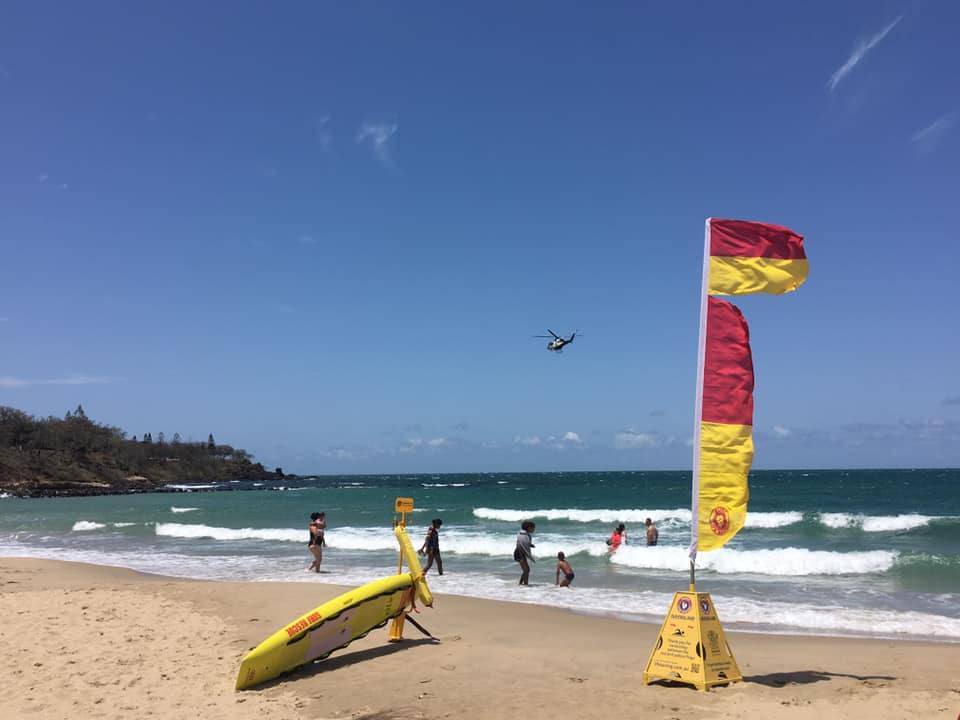Elliott Heads SLSC

The Elliott Heads Surf Life Saving Club, 17km south-east of Bundaberg, was established in 1965 between the two rock groynes to the north of the Elliott River mouth.
The club house, now in its fourth period of building and extension, nestles between the dunes overlooking the beach and the caravan park and its associated parkland, providing a comfortable, sheltered weekend home for the members. The club has become well-known as a family club, with several generations of some families filling different roles in the club, ranging from nippers to patrolling members and life members.
Over the years, Elliott Heads SLSC has enjoyed great success in surf competitions, with national and state champions, at various times, in boat rowing, IRB competitions, beach and water events, as well as champion lifesaver and patrol competitions. In spite of this success, the main focus of the club has been keeping the beach safe for the public and the junior members of the club. The nipper section of the club has been traditionally strong, with an emphasis on the nippers enjoying their beach experience in a safe environment, as well as learning some water and personal skills.
The beach is patrolled by club volunteers on weekends and public holidays from mid-September to May, with fulltime lifeguards patrolling during school holidays.
Elliott Heads Beach
Elliott Heads Beach is popular with swimmers, has a well-maintained foreshore reserve, together with the added safety of the surf lifesaving club.
Elliott Heads forms the northern boundary of the shifting mouth of the 1km-wide Elliott River. There is a small islet just off the mouth, while Coonarr sand spit forms the southern shore. There are three small beaches at the heads: the main beach backed by the surf lifesaving club, a small beach south of the groyne, and a highly variable beach/sand spit just inside the river mouth. Elliott Heads Beach is 150m long, with a rocky foreshore and rock groyne forming the northern boundary and a large rock groyne at the southern end. The groyne helps separate the beach from the extensive tidal shoals and currents of the river mouth.
At high tide the beach is 50m wide, however at low tide the combination of low waves and tidal currents has built sand flats that extend 200 to 300m seaward. Swimmers should be very careful at low tide and near the river mouth. Do not swim in the river as the river channel is deep and contains strong tidal currents, plus there are shifting holes and shoals out on the sand flats, even in front of the surf lifesaving club.
Location
Lihs St,
Elliott Heads, QLD, 4670